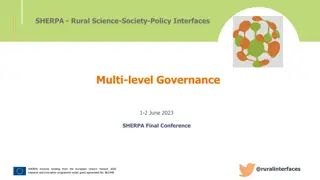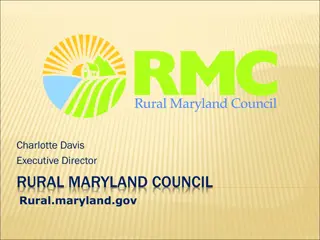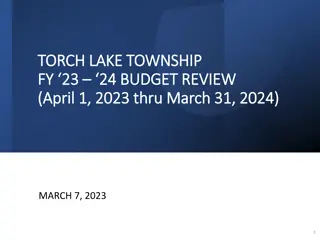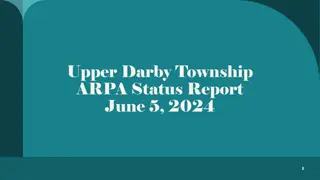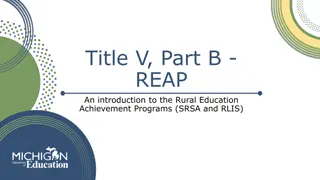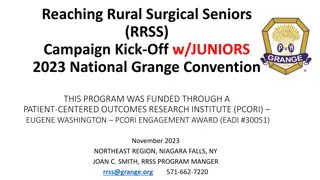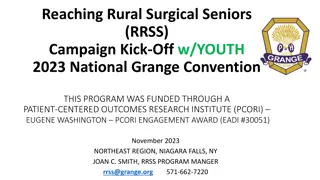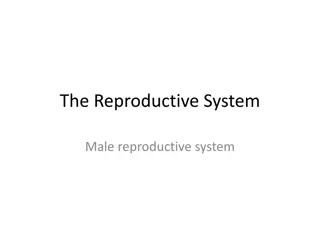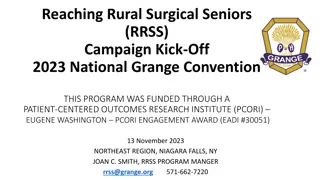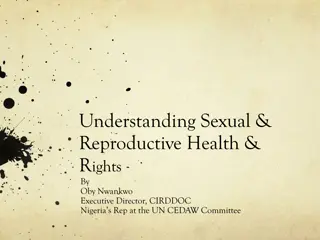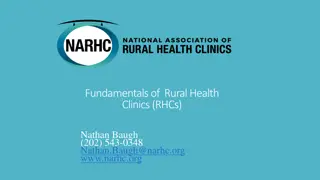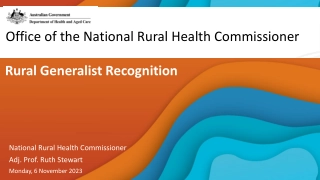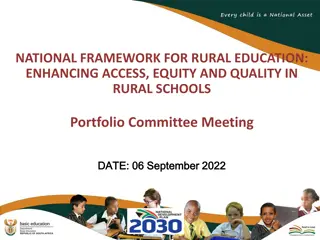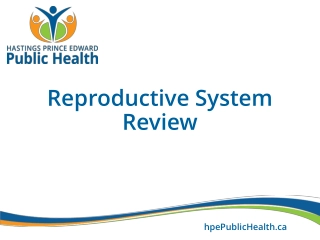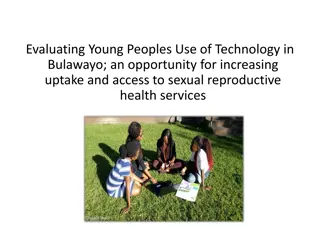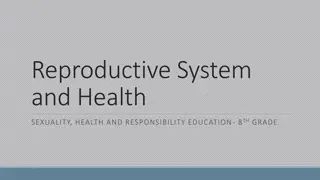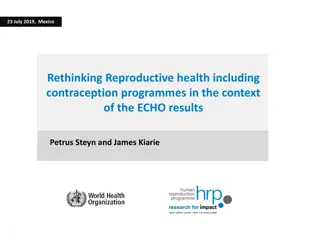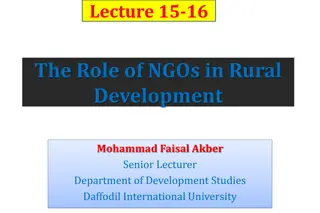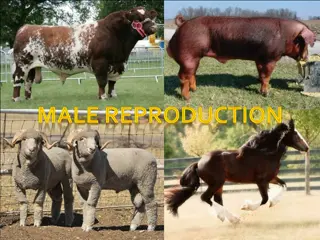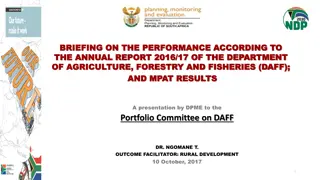Rural Women's Access to Reproductive Health Services in Kun Hing Township
Study conducted by Nang Thein Han explores factors influencing rural women's access to reproductive health services in Kun Hing Township, Southern Shan State, Myanmar. The research aims to improve access to care through appropriate interventions based on findings related to maternal mortality, family planning methods, and the healthcare organization in the region.
Download Presentation

Please find below an Image/Link to download the presentation.
The content on the website is provided AS IS for your information and personal use only. It may not be sold, licensed, or shared on other websites without obtaining consent from the author. Download presentation by click this link. If you encounter any issues during the download, it is possible that the publisher has removed the file from their server.
E N D
Presentation Transcript
Rural Women s Access to Reproductive Health Services in Kun Hing Township the Southern Shan State Present by Nang Thein Han 54866622 Advisors: Dr. Chitima Katonyoo Dr. Wantanee Chawapong Page 1 15thJune 2015
Outline Introduction Objectives Population Research Methodology Findings Conclusion Suggestions Page 2
Introduction Page 3
Map of Myanmar Khun Hing Township is located in southern Shan State Page 4
Map Of Shan State Kali is sub-township which include in Kun Hing Township Survey area Page 5
Map of Survey Area and Villages 4 villages are in Kun Hing township & 13 villages in Kali sub-township Page 6
Myanmars District Health Organization Kun Hing: 14 staff Kali: 4 staff Only Midwife does an outreach Page 7
Reproductive Health Situation Maternal mortality is between 140 and 580 maternal deaths per 100,000 live births (MoH Union of Myanmar, 1999; UNFPA, 2002) CPR for modern FP methods is only 29 percent Unsafe abortions account for 50% of maternal deaths (UNFPA, 2001) Page 8
Framework Use PRECEDE and grouped the findings as follows: 1. Predisposing Factors 2. Enabling Factors 3. Reinforcing Factors Page 9
Objectives: To study the factors influencing on rural women access to reproductive health To plan appropriate interventions that can improve access to reproductive health care Page 10
Population Pop: 496 from 17 rural villages Target Population No. 399 Women s Reproductive age Village leaders 74 23 Local health service providers Page 11
Interview with women of reproductive age N = 399 No. % Women s Reproductive age currently married single/never married 379 95.0 20 5.0 Page 12
Village Leaders/Village Elders Village/Gender Na Ti Wan Phai Hang Na Keng Lom Na Keng Pang Sak Na Ke Pa Pha Na Leu Wieng Phui Peng Neua Wan Mai Nam Pa Man Khong Sa Peng Khan Kot Pung Wan Lao 17 M 4 0 5 5 8 6 4 5 4 5 4 4 4 3 3 3 4 71 F 1 1 0 0 0 1 0 0 0 0 0 0 0 0 0 0 0 3 Total 5 1 5 5 8 7 4 5 4 5 4 4 4 3 3 3 4 74 Male: 97.3% Female: 2.7% Page 13
Local Health Service Providers Village/Type Na Ti Wan Phai Hang Na Keng Lom Na Keng Pang Sak Na Ke Pa Pha Na Leu Wieng Phui Peng Neua Wan Mai Nam Pa Man Khong Sa Peng Khan Kot Pung Wan Lao 17 MW 0 0 0 0 0 0 0 0 0 0 0 0 0 0 0 0 1 1 AMW 1 1 0 0 2 0 0 0 0 1 0 0 1 0 0 0 1 7 TBA 0 1 1 2 0 1 1 0 1 0 0 0 0 1 1 0 1 12 VHV 0 0 0 0 1 0 0 1 1 0 0 0 0 0 0 0 0 3 Total 1 2 1 2 3 1 1 1 2 1 0 1 2 1 1 0 3 23 Midwife: 4.3% AMWs: 30.4% VHVs : 13.0% TBAs: 52.2% Page 14
Research Methodology 50 communities divided into 5 zones Two criteria used to select Communities selection "randomly Page 15
Research Tools The survey questionnaires were verified by the experts and supervisors The questionnaires were constructed into two versions 3 separate inter-related questionnaires Page 16
Research Procedure Duration of Survey: 3 weeks, in May 2013 Interview team has 6 people Group discussion & Interview Page 17
Data Analysis Methods: Quantitative and Qualitative Descriptive statistics - ranges, percentages, means, medians Page 18
Findings No. % Women s Reproductive age Currently/ever married 379 95.0 N= 399 20 5.0 single/never married % Women s Reproductive age 22.6 14 - 24 years 39.6 25 - 34 years 37.8 35 - 45 years Page 19
Demographic Characteristics All were Buddhist All but 2 were Shan/Tai Main occupation is farming, 96.7% were farmers Get annual income from the sale of agricultural products low income Page 20
Predisposing factors 252 of the 399 (63.2%) women of reproductive age had not attended any schools Cannot speak Burmese Page 21
Reproductive Status n = 379 Women experiences No. % 351 92.6 Women not currently pregnant 23 6.1 Women currently pregnant 15 4.2 Women experienced a stillbirth 353 99.4 Women experienced live-birth 138 39.1 Live-births that ended in a death 346 98.0 Live-births that are still living 7 2.0 No longer had any children Page 22
Reproductive Status Each respondent had an average of 3 children that were still living E.g. in one village 12 children death from 8 mothers: 6 women experienced the death of 1 child One woman experienced the death of 2 children One woman encountered 4 childhood deaths Page 23
Enabling Factors No local government health centers trip to hospitals and/or clinics in the main urban centers is both very time-consuming Transportation cost are expensive Villagers have to pay for any medical care provided at the township/sub-township hospitals Page 24
Enabling Factors only one government midwife providing health education and immunizations RH services in rural communities were provided by local TBAs and AMWs 86% reported ever using FP 53.0% of the respondents used Depo-provera injections Page 25
Enabling Factors 77% reported that FP services were available in their village or in a nearby community 58% of villages do not have a local health care provider Page 26
Enabling Factors 61.9% received some health education about childhood immunizations 93.1% indicated that TT immunizations were not available at the village level 60.9% answered that Burmese government health officials never discussed immunization for children and pregnant women Page 27
Enabling Factors Their knowledge were very positive with respect to certain health issues related to pregnancy and childbirth, but not breast-feeding** feed breast-milk No. % 18.5 only 0-1 month 67 27.1 1+ - 3 months 98 53 14.6 3+ - 6 months 105 29.0 exactly 6 months 39 10.5 > 6 months Page 28
Reinforcing Factors Family members support to obtain RH services The attitudes, beliefs, or actions of certain respected members of communities had any affect on the provision of FP services for community members. Page 29
Conclusion (a) a weak public sector health care delivery system that was only visible in township center (b) Long distance of travel with poor infrastructure to reach to township hospitals (c) a government health care delivery system that frequently hires Burmese health workers to township hospitals (d) an absence of government health workers making regular mobile visits to rural communities Page 30
Conclusion: e) the provision of public sector health care services, at the township hospital usually on a "fee-for-service f) low income levels that make difficult for rural residents to make routine visits to the township centers g) the maintenance of certain local beliefs that can affect the health of newborn children h) the presence of local health service providers, mostly TBAs and some AMWs that treat most minor and major illnesses, RH services. Page 31
Suggestions To access to RH services still needs additional development to provide adequate coverage and to improve the quality of life Need to train more local health service providers AMWs need further training to improve knowledge and technical skills is inadequate to deal with the vast array of issues, conditions, and problems Page 32
THANK YOU Thank you Page 33
References Myanmar Peace Monitoring. Ethnic Grievances. Online. Websites: http://www.mmpeacemonitor.org/background/ethnic-grievances (27 November 2014) ILO. International Women s Day 2012. Empower Rural Women End Poverty and Hunger, Unleashing the potential of rural Women. Online. Websites: www.ilo.org/wcmsp5/groups/.../briefingnote/wcms_174724.pdf(27 November 2014) Constanze Pfeiffer. 2013. Delivering at home or in a health facility? health-seeking behaviour of women and the role of traditional birth attendants in Tanzania BMC Pregnancy Childbirth. 2013; 13: 55. http://www.ncbi.nlm.nih.gov/pmc/articles/PMC3599352/(27 November 2014) APHIA II. 2012. Operations Research Project/ Population Council. Strengthening the delivery of comprehensive reproductive health services through the community midwifery model in Keny. Online. Website. www.popcouncil.org/.../2012RH_APHIAII_CommunityMidwifery.pdf(27 November 2014) Page 34
References Rajendra Karkee. 2014. Infant feeding information, attitudes and practices: a longitudinal survey in central Nepal, International Breastfeeding Journal 2014, 9:14 http://www.internationalbreastfeedingjournal.com/content/9/1/14 (10 November 2014) Phuong H Nguyen.2014. Breastfeeding practices are associated with infant illness in Vietnam, International Breastfeeding Journal 2014, 9:12 http://www.internationalbreastfeedingjournal.com/content/9/1/12 (10 November 2014) Douglas Auenqua. 2013. Infants Are Fed Solid Food Too Soon, C.D.C. Finds. Online. Website: http://www.nytimes.com/2013/03/25/health/many-babies-fed-solid-food-too-soon- cdc-finds.html?_r=0 (10 November 2014) Page 35




